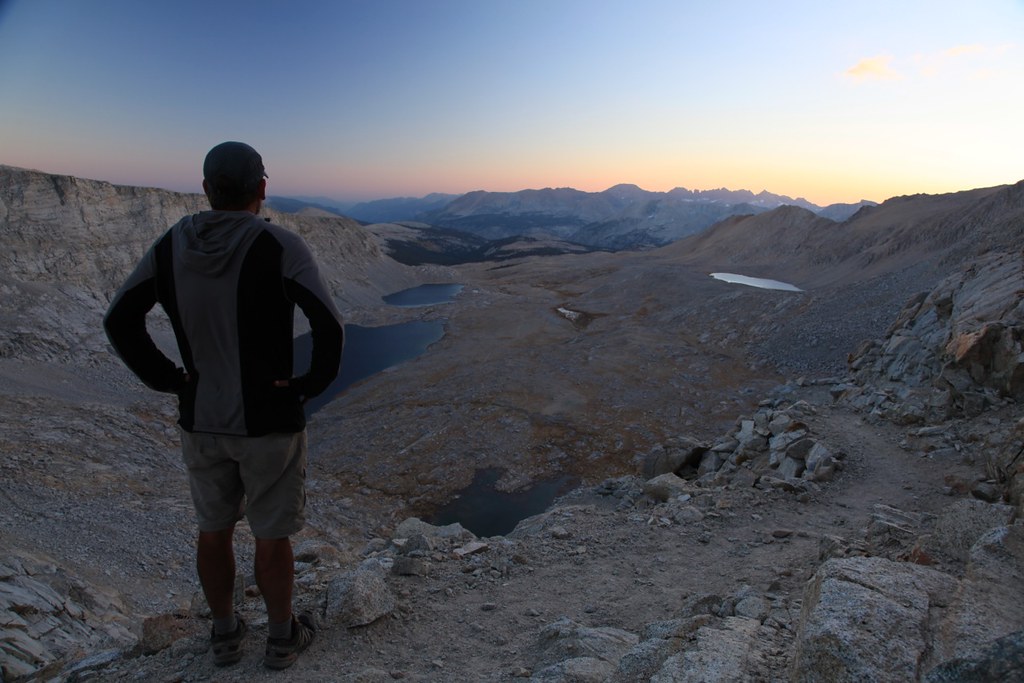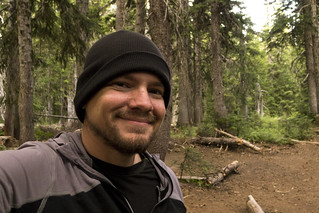Other than one oil lamp, Faraday used everything displayed in this lab. Although born in poverty and only going to school to the age of 13, he formed the basis of the electromagnetic field concept and induction (which is how we still power most of our homes), developed the laws of electrolysis (which led to the production of aluminium, lithium, sodium, potassium, magnesium, and calcium), invented electromagnetic rotation (the principle behind the electric motor), made discoveries that led to refrigeration, and discovered benzene (an important component of gasoline).
|






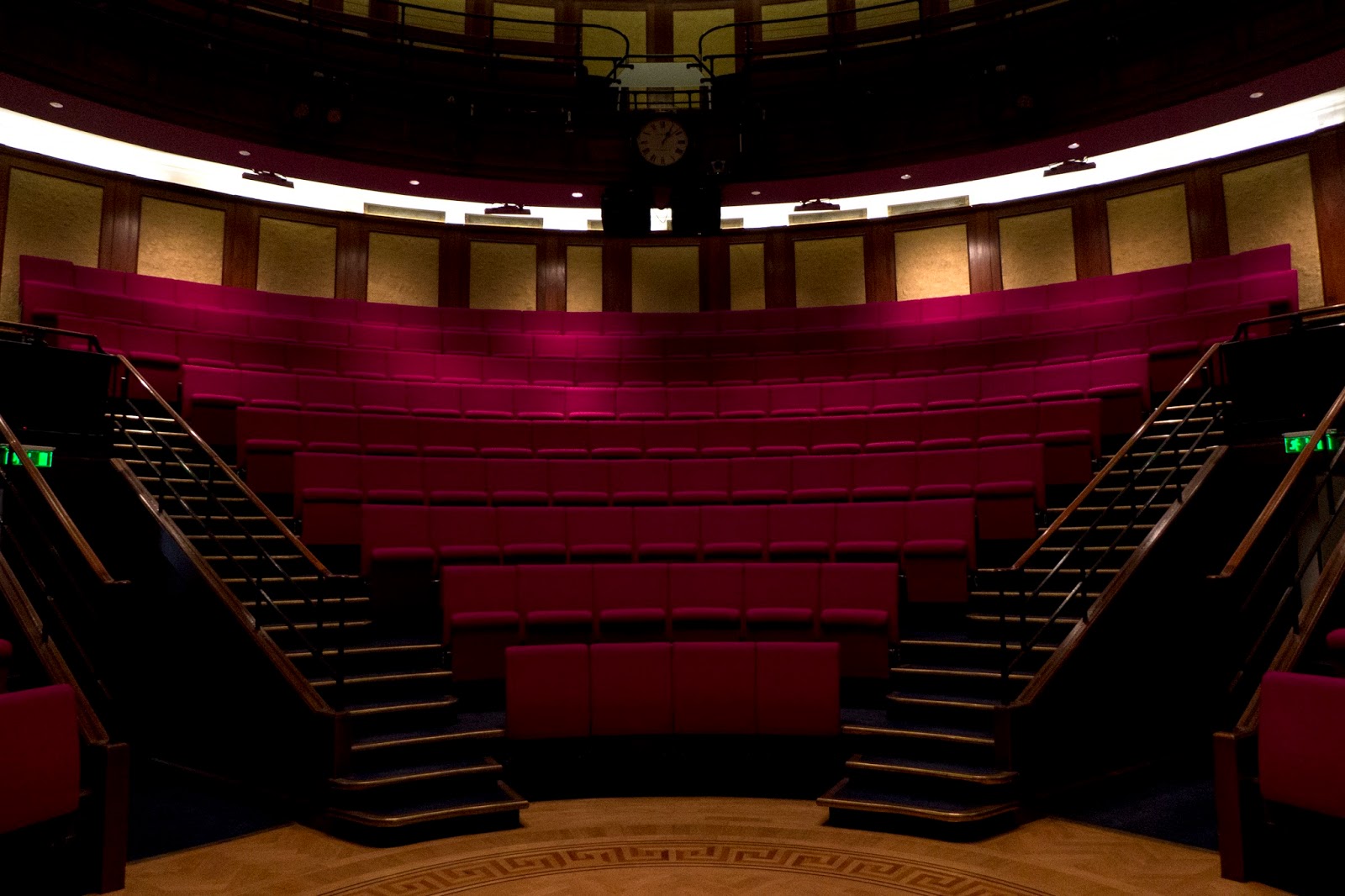



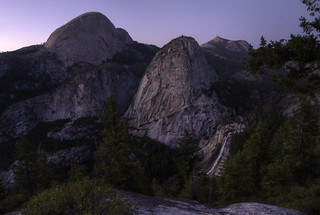
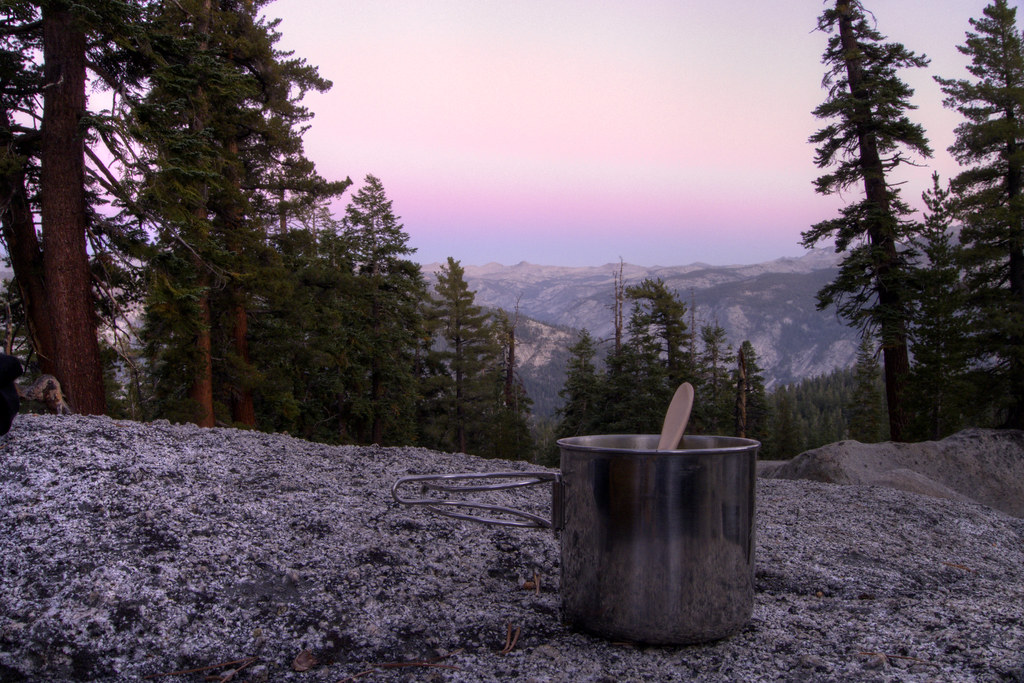
com-s.jpg)
com-s.jpg)
com-s.jpg)
com-s.jpg)
